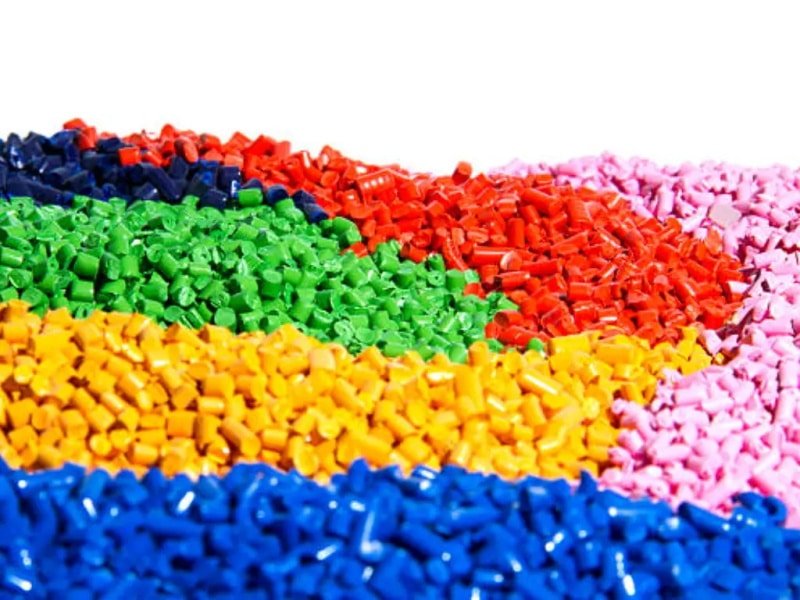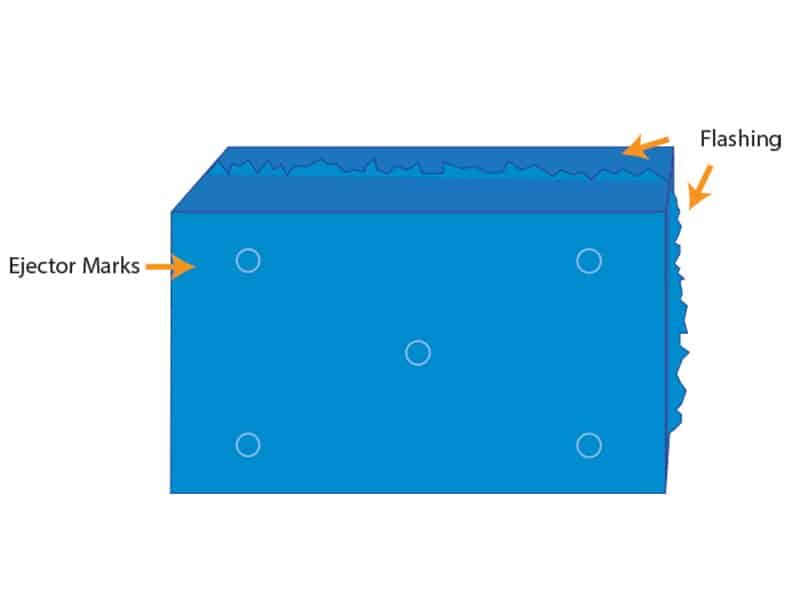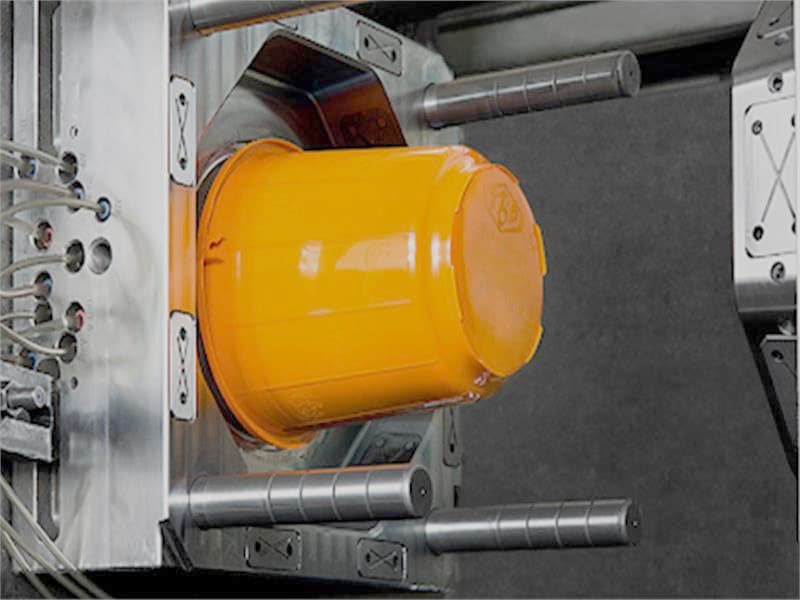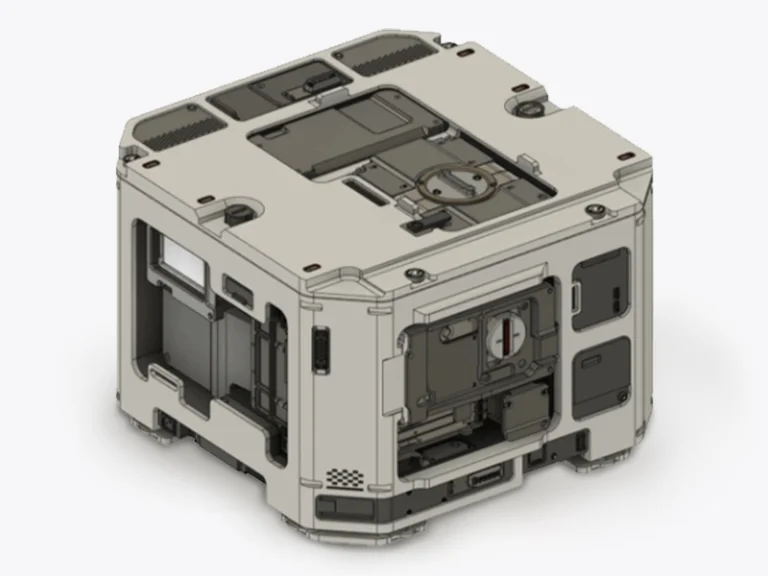CNC plastic machining is a key manufacturing process for precise, versatile, and high-quality fabricated plastic parts. This process uses computer numerical control (CNC) to shape plastics into intricate components for industries ranging from aerospace to medical devices. Unlike traditional methods, CNC plastic machining provides exceptional accuracy, making complex designs possible. This guide covers the essentials of CNC plastic machining, including principles, advantages, material options, design considerations, challenges, and practical tips for success.

What is CNC Plastic Machining?
CNC plastic machining is a subtractive manufacturing process where computer-controlled machines remove material from a plastic workpiece to create precise components. By leveraging CAD (Computer-Aided Design) and CAM (Computer-Aided Manufacturing) software, CNC machines follow programmed toolpaths to achieve tight tolerances and intricate shapes.
This method excels in producing high-precision machined plastic parts for industries requiring accuracy and reliability. Many manufacturers in China integrate CNC plastic machining with China rapid prototyping, enabling fast and cost-effective development of prototypes while maintaining high accuracy.
Various techniques fall under CNC plastic machining, each suited to specific part requirements. Below is a breakdown of key methods, their principles, and applications:
CNC Plastic Machining Techniques Types
| Method | Process and Principle | Applications |
|---|---|---|
| Plastic CNC Drilling | Uses rotating drill bits to create precise holes. Controlled by CNC, it ensures accurate depth and diameter. | Fastener holes in CNC polycarbonate panels, medical device casings. |
| Plastic CNC Milling | Employs rotating multi-point tools to remove material, shaping flat or complex 3D surfaces. | Acrylic CNC machining for optical components, intricate ABS CNC machining prototypes. |
| Plastic CNC Turning | Rotates the workpiece against a stationary cutting tool to create cylindrical or conical parts. | CNC machining nylon for bushings, CNC polycarbonate rollers. |
| CNC Cutting | Utilizes high-speed blades or lasers to slice plastics into desired shapes with clean edges. | Cutting ABS CNC machining sheets for enclosures, thin CNC plastic panels. |
| CNC Routing | Uses high-speed spindles with router bits to cut complex 2D or 3D shapes, ideal for large workpieces. | Signage from acrylic CNC machining, large CNC plastic structural components. |
| CNC Grinding | Applies abrasive wheels to achieve smooth surfaces or tight tolerances on hard plastics. | Finishing CNC machining nylon gears, polishing CNC polycarbonate lenses. |

CNC Plastic Machining Materials Types & Performance
When it comes to CNC plastic machining, selecting the right material is crucial for ensuring durability, functionality, and manufacturability. Different plastics offer varying mechanical properties, thermal resistance, chemical stability, and surface finishes. Below is a comprehensive guide to commonly used CNC plastics:
1. ABS (Acrylonitrile Butadiene Styrene)
- Properties: Strong, impact-resistant, good dimensional stability, easy to machine.
- Advantages: Cost-effective, smooth surface finish, suitable for prototypes and housings.
- Applications: Consumer electronics, automotive interior parts, enclosures.
- CNC Tips: Moderate cutting speed, sharp tools recommended to reduce melting.
2.PC (Polycarbonate)
- Properties: High impact resistance, transparent, heat-resistant.
- Advantages: Excellent toughness, optical clarity, durable under stress.
- Applications: Protective covers, machine guards, optical components.
- CNC Tips: Use high-speed tooling and proper cooling to avoid heat deformation.
3. Acrylic (PMMA)
- Properties: Transparent, rigid, lightweight.
- Advantages: Crystal-clear finish, excellent for displays and lenses.
- Applications: Signage, display cases, light covers.
- CNC Tips: Low feed rates with sharp tools prevent chipping and cracking.
4. PA(Polyamide, Nylon)
- Properties: Strong, wear-resistant, low-friction.
- Advantages: Good mechanical strength, chemical resistance, and self-lubricating in motion parts.
- Applications: Gears, bearings, bushings.
- CNC Tips: Avoid excessive heat; pre-dry material to prevent moisture-related issues.
5. Delrin (Acetal, POM)
- Properties: High stiffness, excellent dimensional stability, low friction.
- Advantages: Ideal for precision mechanical parts, good machinability.
- Applications: Gears, bushings, fasteners.
- CNC Tips: Moderate spindle speed, sharp tooling to maintain surface quality.
6. HDPE / LDPE
- Properties: Lightweight, chemically resistant, low cost.
- Advantages: Good for functional prototypes, resistant to moisture and chemicals.
- Applications: Tanks, liners, piping components.
- CNC Tips: Use slower feed rates; avoid tool rubbing to prevent surface melting.
7. PEEK (Polyether Ether Ketone)
- Properties: High-temperature resistance, excellent chemical resistance, and very strong.
- Advantages: Suitable for demanding engineering applications.
- Applications: Aerospace, medical implants, high-performance mechanical components.
- CNC Tips: High spindle speeds with rigid setups; cooling recommended to reduce thermal stress.
8. PTFE (Teflon)
- Properties: Extremely low friction, chemically inert, heat resistant.
- Advantages: Excellent for sealing, bearings, and chemical equipment.
- Applications: Seals, gaskets, liners.
- CNC Tips: Low feed rates, sharp tooling; avoid melting from friction heat.
Post-Processing & Finishing
After CNC machining, plastic components typically undergo post-processing to improve both appearance and functionality. This includes deburring and smoothing to remove sharp edges and burrs, followed by polishing, either mechanical or chemical, to enhance surface clarity, particularly for transparent plastics. For opaque plastics, sanding or tumbling helps achieve a smooth and uniform finish. Coating, painting, or laser engraving can add protective layers, improve aesthetics, or provide functional markings. For high-performance plastics, stress relief may be applied to reduce internal stresses and prevent warping, ensuring that the final parts are both dimensionally stable and visually refined.

How to Choose the Right Plastic for Your CNC Project?
Picking the right plastic for CNC plastic machining involves balancing functional requirements, machinability, and cost.
Start by defining your project’s needs: strength for CNC machining nylon gears, impact resistance for CNC polycarbonate shields, or clarity for acrylic CNC machining lenses. Machinability is crucial—POM and ABS are forgiving for complex designs, while PEEK’s hardness demands expertise.
Cost is a factor: ABS CNC machining suits budget-conscious prototypes, while PEEK is worth the investment for high-performance applications. Prototype test parts to confirm material behavior under CNC conditions. Collaborate with suppliers to match plastics to your specs, and consider recyclability for eco-friendly projects.
At Jiangzhi, we provide expert CNC plastic machining services and personalized support to help you through every stage. Whether you’re making acrylic lenses or ABS prototypes, we ensure top-quality results. Contact Jiangzhi today to turn your ideas into reality with precision and efficiency.




